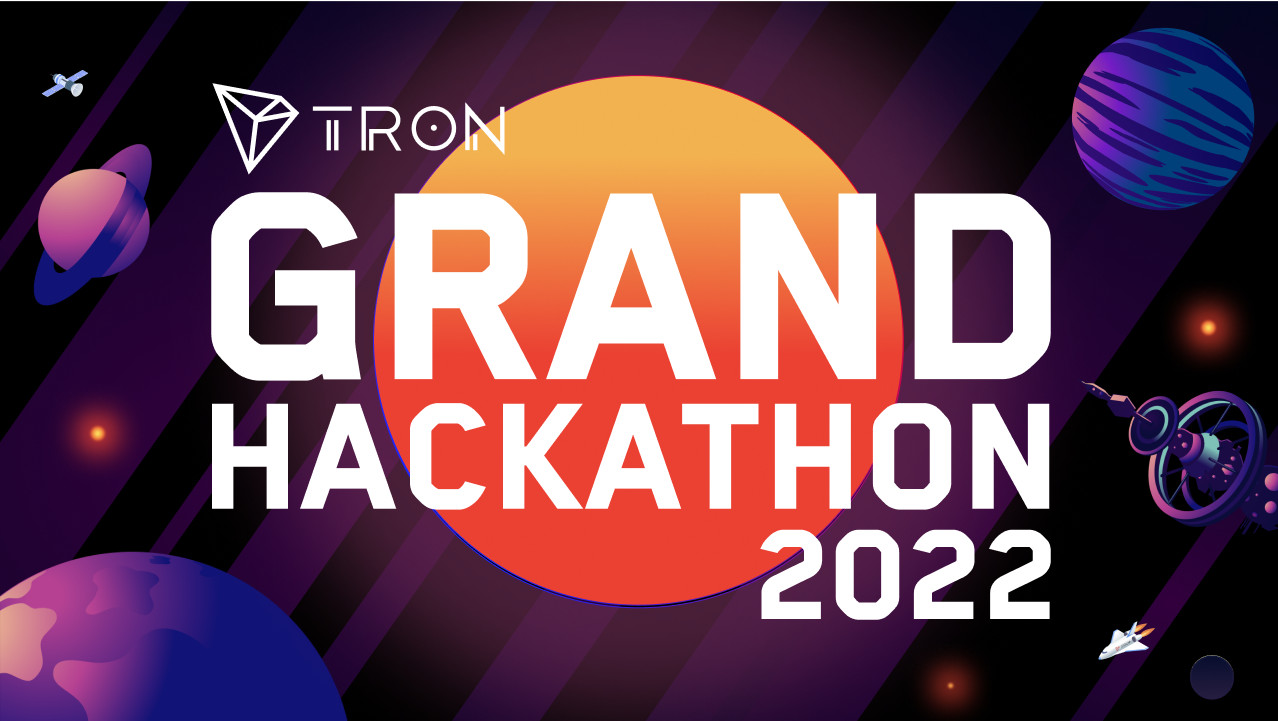2021 marks the year when the NFT took off: it has been booming on Ethereum and prospering on major public chains such as BNB Chain, TRON, and Solana. However, the NFT actually predates these chains. Today, TRON101 will walk you through the history of NFT.
The concept of the NFT had been proposed long before Ethereum was born. In 2012, Meni Rosenfeld, then Chairman of the Israeli Bitcoin Association, introduced the concept of “colored coin” in his paper “Overview of Colored Coins.”
Rosenfeld believes that by being “colored”, some bitcoins can be differentiated from others, a process that makes these colored coins unique. Unfortunately, such a concept could only exist on paper due to bitcoin’s limitations, but still, the colored coin was a huge inspiration for the creation of NFTs.
In 2014, American digital artist Kevin McCoy minted on the Namecoin blockchain the world’s first NFT: Quantum, an octagon-shaped animation. Numerous experiments and development have been conducted since then; as a result, platforms such as CounterParty, where digital assets can be created on the Bitcoin network, have been built.
Following CounterParty, Spells of Genesis integrated Trading Card Game (TCG) and NFTs, with card collection as its main gameplay, earning itself the title “the first blockchain-based mobile game ever made”.
The year 2016 belongs to memes, with numerous NFTs featuring Pepe the Frog flooding CounterParty. And in today’s market, memes are still a major source of NFTs.
However, over time, the bitcoin network’s infrastructure became insufficient for the NFT to develop; Ethereum seemed to be the new favorite, since it provided a series of token standards, thus attracting many developers to create their own NFTs, among whom were the founders of Larva Labs, Matt Hall and John Watkinson.
In 2017, the duo introduced CryptoPunks on Ethereum, a series of pixel art NFT avatars inspired by London’s punk culture and the cyberpunk movement. As a pilot project, the CryptoPunks are 10,000 uniquely generated characters.
Inspired by CryptoPunks, Axiom Zen, a Canadian gaming studio, introduced CryptoKitties. This Ethereum-based game allows users to collect, breed, and trade their encrypted cats and store them in their digital wallets. The game caused a sensation upon release: it not only made the ERC-721 a mainstream token standard but even significantly congested Ethereum.
The success of CryptoKitties has made NFT+Game a new popular concept, resulting in the creation of Decentraland (blockchain version of Minecraft), Axie Infinity (blockchain version of Pokémon), and the NFT gaming platform Enjin. On the other hand, the cooperation of NFTs and arts has become a common practice, and many crypto art trading platforms such as Opensea, SuperRare, Known Origin, and MakersPlace began to emerge. Moreover, ordinary users can now create their own NFTs with the help of NFT tools such as Mintbase and Mintable.
As it happens, driven by the blockchain games and crypto arts, NFTs entered the booming year of 2021.
